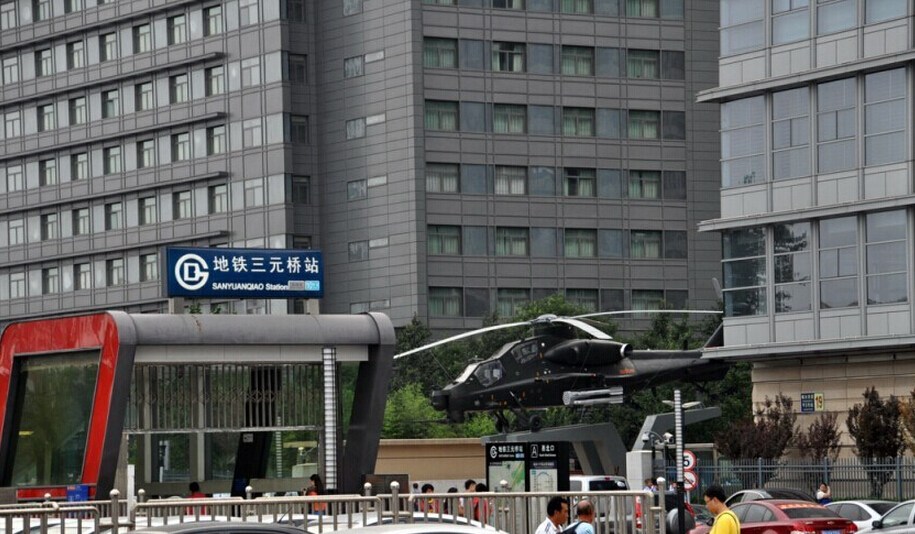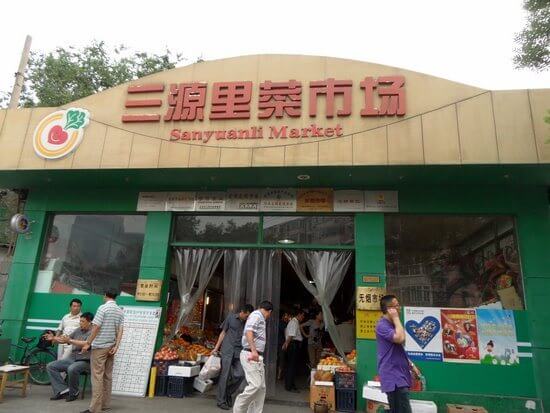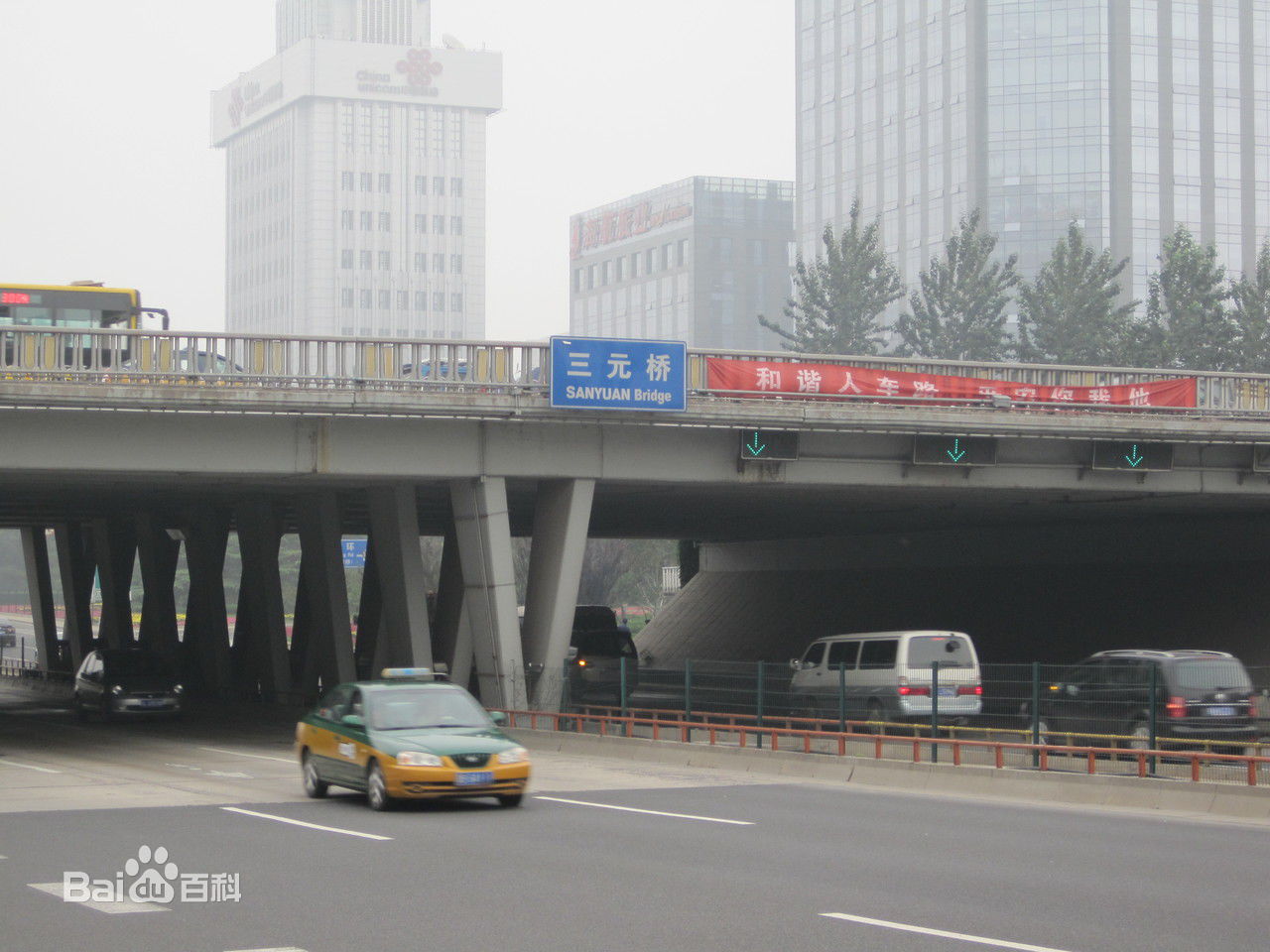While taxis or Didis may be the most convenient form of transportation to or from Beijing Capital Airport, we can’t deny that taking the subway is still the cheapest way to go. A one-way ride from or to the city terminal Sanyuanqiao (三元桥, Sānyuánqiáo, or “Three yuan” Bridge) subway station on Line 10 costs 25元.
We know that 元 yuán is the colloquial term and sign for the rénmínbì, the Chinese currency. So I have always wondered why that station is called “Sanyuan Qiao.” Of course, the bridge can’t cost only three yuán, so there must be another reason why it is named as such.
So in today’s Subway Sunday, we travel to Sanyuanqiao and try to explain that baffling station name. In this edition, we’re joined by Hope Sun, a travel guide at Foreigner China Network. She studies International Business English at Beijing City University.

Hope: You must be thinking why Sanyuanqiao subway station is named after the “Three Yuan” Bridge. Well, it’s the nearest landmark to the subway station which links Line 10 (Third Ring Loop line) and the Airport Express line.
Sanyuanqiao is located in the northeast part of the Third Ring Road. The bridge is at the intersection of the ring road and National Highway 101, the road that connects the city center to the districts of Shunyi and Miyun.
As we all know, China’s cultural heritage is rich, and you might be surprised to learn that the “Three Yuan” Bridge has something to do with Taoism.
While the literal meaning of Sanyuanqiao is “Three Yuan Bridge,” there are a couple of explanations for the origin of its name. The most famous one is about an ancient Taoist temple called Sānyuán’ān (三元庵) built somewhere in the present-day area which includes the bridge.

The “Sanyuan” part of the temple name is taken from the Taoist story of the “Sānyuán Dàdì” (三元大帝) or “Sānguān Dàdì” – or in English, the Officials/Officers of: Heaven, Tiān guān (天官); Earth, Di guān (地官); and Water, Shuǐ guān (水官).
In Taoist mythology, and Chinese theology in general, the Sanyuan Dadi are deities but not on the same level as other gods. However, the Sanyuan Dadi are still well-known because they are closely related to people’s life. In ancient times, farmers who worshiped the Three Officers worshiped the heaven, earth, and water, as the three were important factors in nature. In Taoist thought, the Officer of Heaven blesses people and gives them happiness; the Officer of Earth absolves people of crimes; and the Officer of Water saves people from calamities.

However, there are other explanations for the name of Sanyuanqiao.
There used to be a water supply treatment plant (Shuǐyuán bā chǎng 水源八厂) located south of the Sanyuan Bridge. There is also a nearby community named Sānyuánlǐ 三源里, built in 1979. Now, that area houses the famous Sanyuanli Market where people can buy fresh meat and hard-to-find produce like rosemary and basil, as well as nuts. The characters 源 and 元 are both pronounced yuán, and people use the latter as it is easier to write.

The last possible reason is that the bridge is a junction of two major roads in the area, the Third Ring Road and the National Highway 101. “San” is taken from Sānhuán (三环, or literally the Third Ring), and “yuan” from the idea that the National Highway 101 is the first radial highway in the series of trunk ways originating from Beijing to other nearby major cities (yuán 元 also means first).

So there you have it! If you know or want to share any story about subway stations or subway travel in general, let us know by emailing webeditor@beijing-kids.com or by leaving your comments below.
Next on Subway Sunday: We go southwest of the city center to see the “joyous pavilion” at a park that used to be a breeding ground for mosquitoes!
Additional research and reporting: Cindy Lee
Photos: money.163.com, Baidu (1, 2, 4), sogou.com, yourenotfromaroundhere.com
More stories by this author here.
Email: andypenafuerte@beijing-kids.com
Instagram: @coolkidandy
